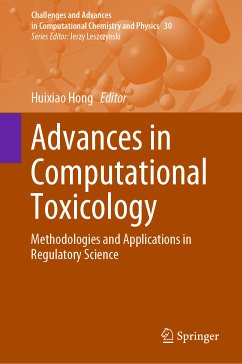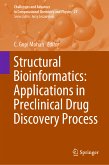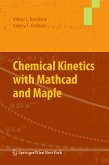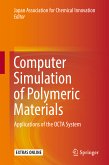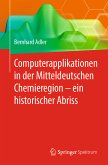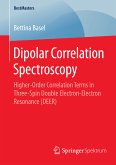This book provides a comprehensive review of both traditional and cutting-edge methodologies that are currently used in computational toxicology and specifically features its application in regulatory decision making. The authors from various government agencies such as FDA, NCATS and NIEHS industry, and academic institutes share their real-world experience and discuss most current practices in computational toxicology and potential applications in regulatory science. Among the topics covered are molecular modeling and molecular dynamics simulations, machine learning methods for toxicity analysis, network-based approaches for the assessment of drug toxicity and toxicogenomic analyses. Offering a valuable reference guide to computational toxicology and potential applications in regulatory science, this book will appeal to chemists, toxicologists, drug discovery and development researchers as well as to regulatory scientists, government reviewers and graduate students interested in thisfield.
Dieser Download kann aus rechtlichen Gründen nur mit Rechnungsadresse in A, B, BG, CY, CZ, D, DK, EW, E, FIN, F, GR, HR, H, IRL, I, LT, L, LR, M, NL, PL, P, R, S, SLO, SK ausgeliefert werden.

